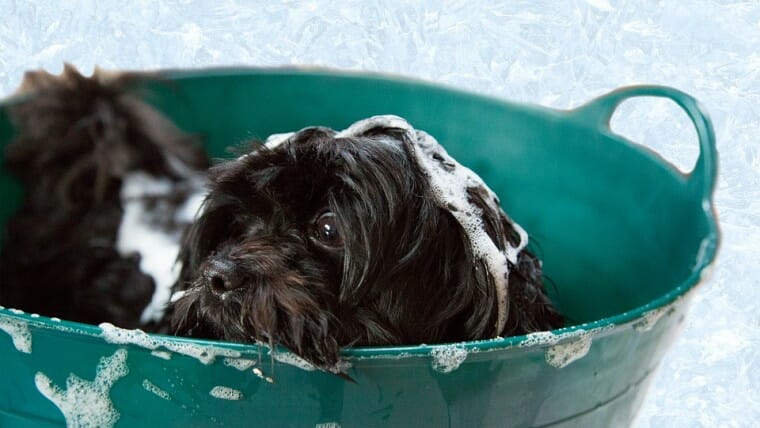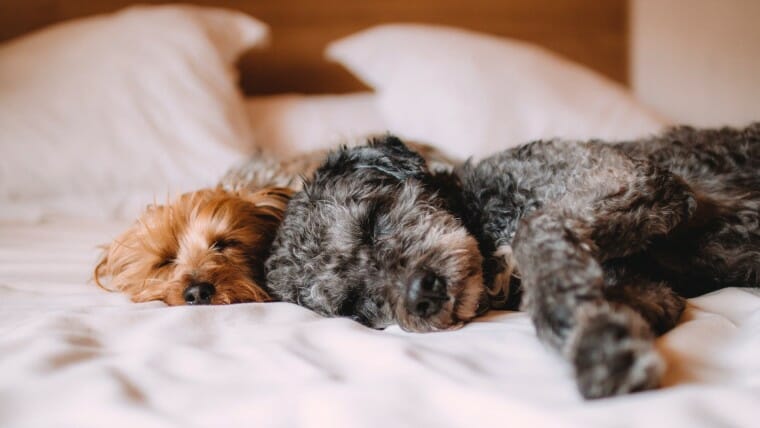A Guide for New Puppy Owners
Potty training a puppy is an essential step in ensuring a peaceful home and a happy pet. While it requires patience and consistency, following some key dos and don’ts can make the process smoother and more effective. Here’s a guide to help new puppy owners navigate the challenges of potty training.
Do: Establish a Routine
Consistency is crucial when potty training a puppy. Set regular feeding times and take your puppy out shortly after meals, naps, and play sessions. Puppies often need to relieve themselves after these activities, and establishing a predictable routine helps them understand when and where to go. Aim to take your puppy to the same spot outside each time, as the familiar scent can encourage them to use the area again.
Don’t: Punish Accidents
Accidents are inevitable during the potty training process, especially with young puppies. It’s important not to punish your puppy for these accidents, as it can lead to fear and anxiety. Instead, clean up the mess without drawing attention to it and take your puppy outside immediately. Rewarding them when they go in the right place reinforces good behavior.
Do: Use Positive Reinforcement
Positive reinforcement is a powerful tool in potty training. Whenever your puppy successfully goes outside, praise them enthusiastically and offer a small treat. This helps them associate going potty outside with positive outcomes, making them more likely to repeat the behavior. Be consistent with your rewards to reinforce this connection.
Don’t: Give Free Access to the House
During the initial stages of potty training, it’s best to limit your puppy’s access to the house. This can be done using baby gates or by keeping them in a crate when unsupervised. Crate training can be particularly effective, as dogs naturally avoid soiling their sleeping area. Ensure the crate is the right size—just big enough for them to stand, turn around, and lie down comfortably. Gradually increase their freedom as they become more reliable with their potty habits.
Do: Learn Your Puppy’s Signals
Every puppy has subtle cues that indicate they need to go potty. These can include sniffing the ground, circling, whining, or scratching at the door. Pay attention to these signals and take your puppy outside immediately when you notice them. Responding quickly helps them learn to communicate their needs and reinforces the training.
Don’t: Delay Taking Your Puppy Out
When your puppy shows signs that they need to go, it’s important to act promptly. Puppies have small bladders and may not be able to hold it for long. Delaying even a few minutes can lead to accidents. Being attentive and quick to respond will help reinforce where it’s appropriate to go potty.
Do: Be Patient and Consistent
Potty training takes time, and every puppy learns at their own pace. Some may take only a few weeks, while others might need several months to fully grasp the concept. Patience and consistency are key. Stick to the routine, keep rewarding positive behavior, and avoid getting frustrated with setbacks.
Don’t: Forget to Supervise
Supervision is crucial during potty training. Keep a close eye on your puppy, especially during the first few weeks. If you can’t watch them closely, consider using a crate or a confined space to prevent accidents. This supervision helps you catch accidents as they happen and reinforces where your puppy should go.
Conclusion
Potty training a puppy can be challenging, but by following these dos and don’ts, you can set your puppy up for success. Remember that patience, consistency, and positive reinforcement are your best tools. With time and effort, your puppy will learn the ropes and become a well-behaved member of your household. In need of daycare or boarding? Contact us today!


